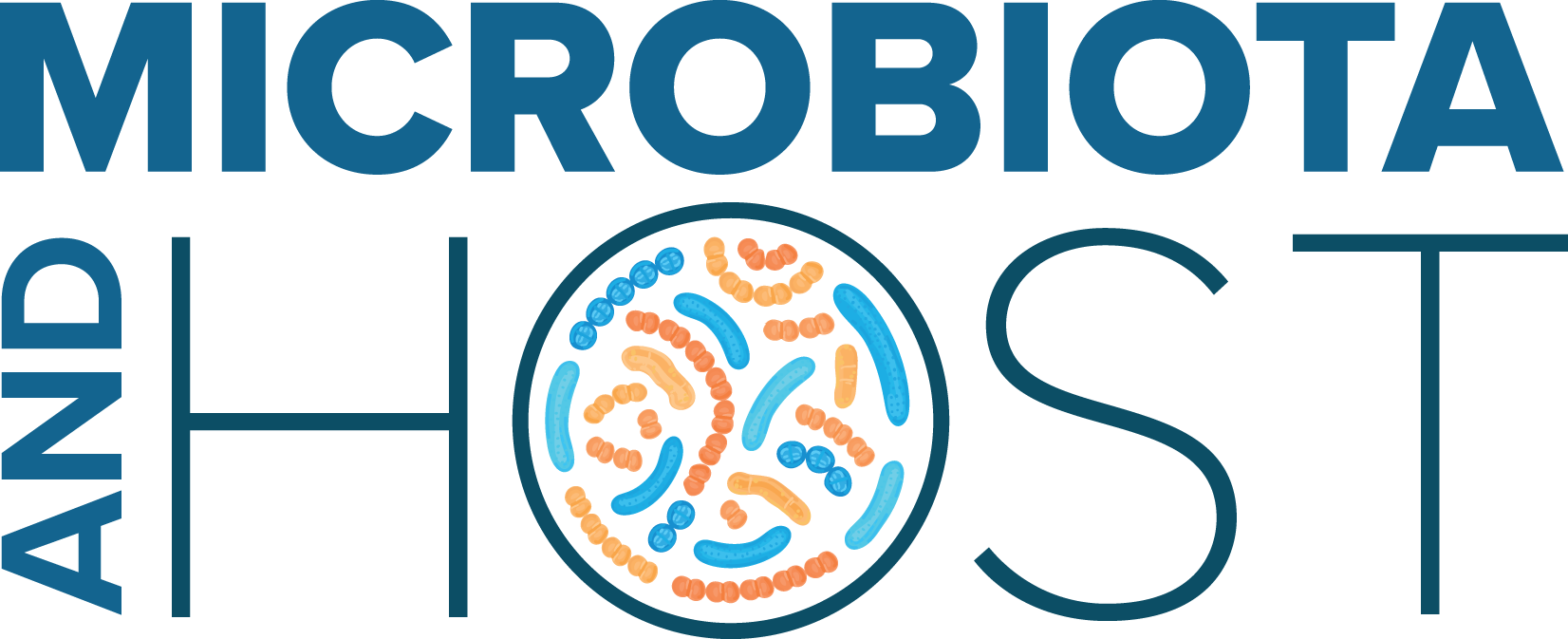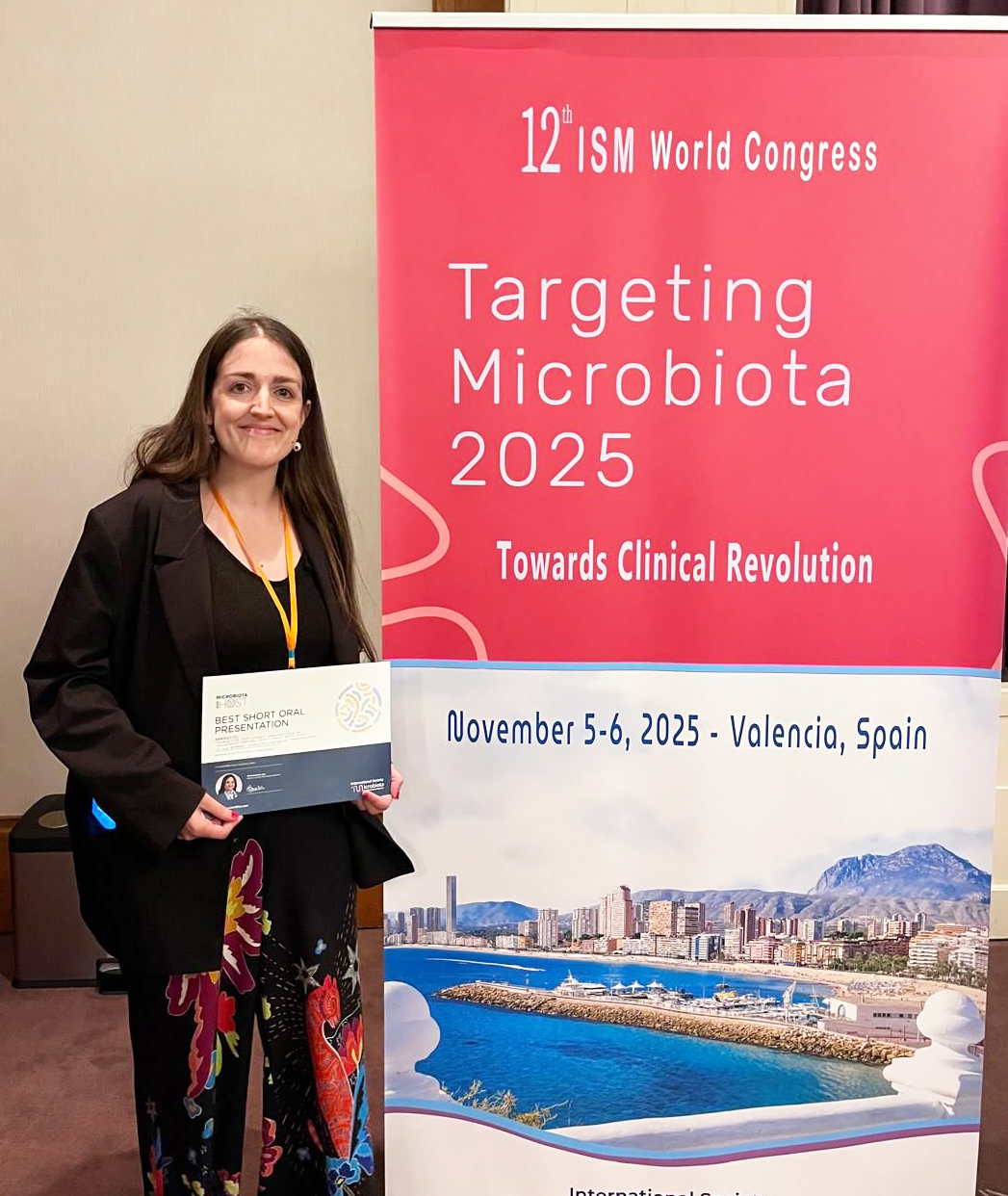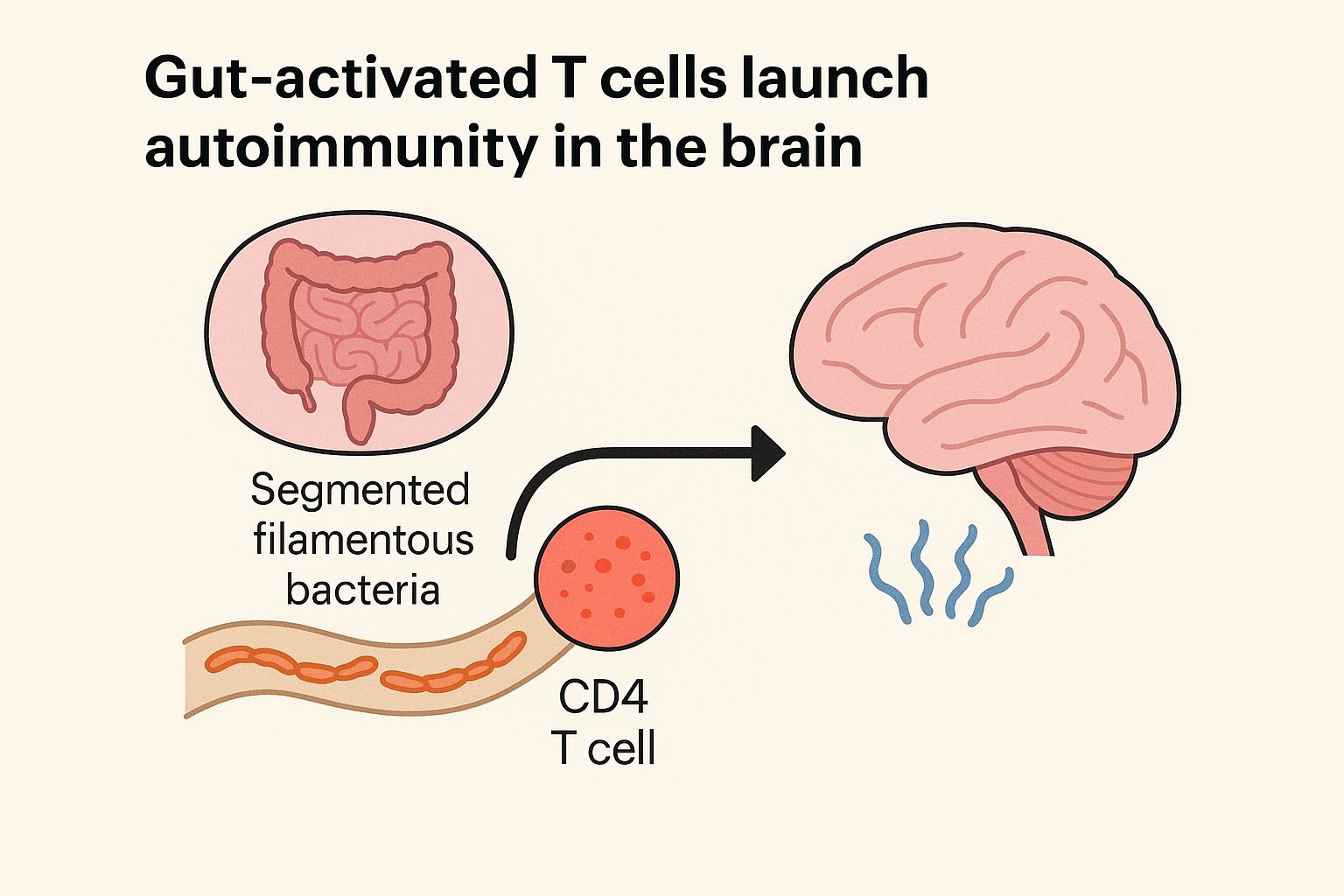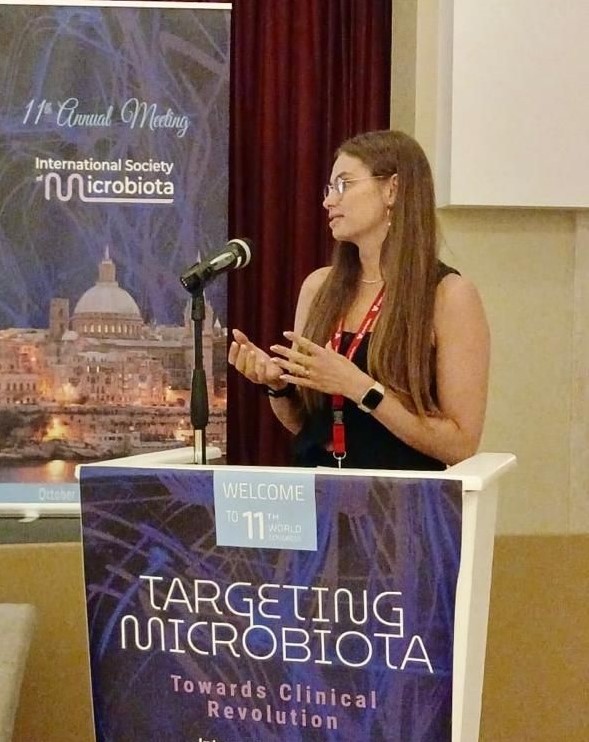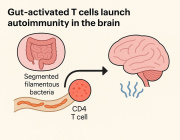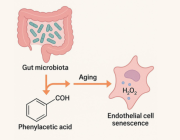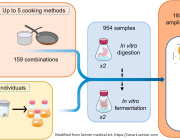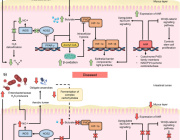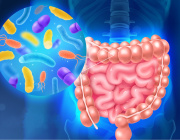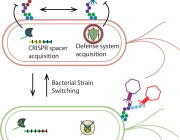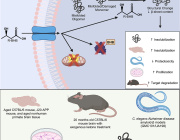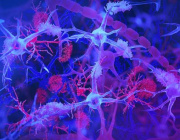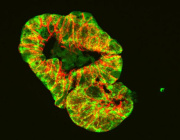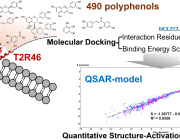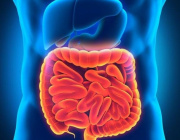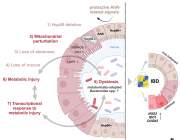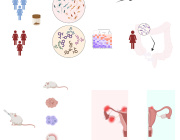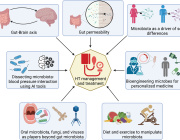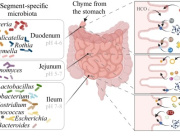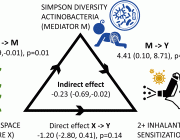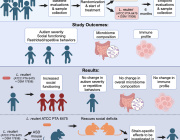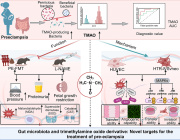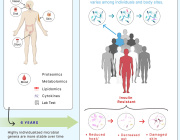Significant Dysregulation in Aging Markers at 44 and 60 Years Revealed by Nonlinear Analysis
A recent study from Stanford University, published in Nature Aging, reveals important insights into the molecular and microbial changes that occur in the human body during aging. The study, led by Dr. Michael P. Snyder and his team, sheds new light on how aging affects the human microbiome, with significant shifts happening around the ages of 44 and 60. These findings have profound implications for human health, especially in relation to cardiovascular health, immune function, and metabolic processes.

Microbiota: A Key Player in Aging
The human microbiota, comprising trillions of microorganisms in the body, plays a pivotal role in maintaining overall health. This study highlights how these microorganisms change in composition and function during the aging process. By tracking more than 135,000 molecules and microbes, the researchers discovered that the microbiome undergoes distinct changes at two key life stages: mid-40s and early 60s.
The study’s findings indicate that these microbial shifts are closely associated with important health concerns, including cardiovascular disease, immune regulation, and metabolism. For example, in participants in their 40s, significant changes were observed in microbes involved in lipid metabolism and alcohol processing, while individuals in their 60s experienced shifts in microbes linked to immune health and kidney function. These discoveries emphasize the importance of microbiota in both the progression of aging and the onset of age-related diseases.
Comprehensive Multi-Omics Profiling
The Stanford team followed 108 participants aged 25 to 75, residing in California, for up to 7 years. The researchers conducted extensive multi-omics profiling, which included the analysis of blood samples and other biological materials every few months. By examining nearly 250 million distinct data points, they were able to track subtle, yet impactful, age-related changes in the participants' molecules and microbiomes.
Dr. Snyder explains that "we are tracking people in incredible detail, measuring as many molecules as possible (tens of thousands) and their microbes to get a detailed picture of their health". This detailed tracking uncovered nonlinear patterns of change, revealing that aging is not a steady process, but instead involves accelerated shifts at specific points in life.
Key Life Stages: Mid-40s and Early 60s
One of the most remarkable findings was the identification of two periods of significant molecular and microbial changes, occurring at approximately 44 and 60 years of age. While age-related decline in the 60s was expected, given the known increase in disease risk and immune system decline, Dr. Snyder and his team were surprised by the marked changes occurring in the mid-40s. This period was associated with shifts in the microbiome and molecules related to cardiovascular disease, lipid and alcohol metabolism, and metabolic processes such as caffeine processing.
The changes in the 60s, on the other hand, included shifts in immune regulation, kidney function, and carbohydrate metabolism, further linking the microbiome to critical age-related health concerns.
Microbiota and Healthspan: Practical Insights
The implications of this study go beyond simply understanding aging - they open the door to practical interventions aimed at improving healthspan. Dr. Snyder emphasizes that by tracking these molecular and microbial changes, individuals can take proactive steps to counter the effects of aging. For instance, individuals in their 40s could focus on managing lipid metabolism and reducing alcohol consumption, while those in their 60s might prioritize immune-boosting strategies and hydration to support kidney health.
The research underscores the crucial role of the microbiome in aging and suggests that monitoring and modulating these microbial communities could offer new pathways for promoting longevity and preventing age-related diseases.






